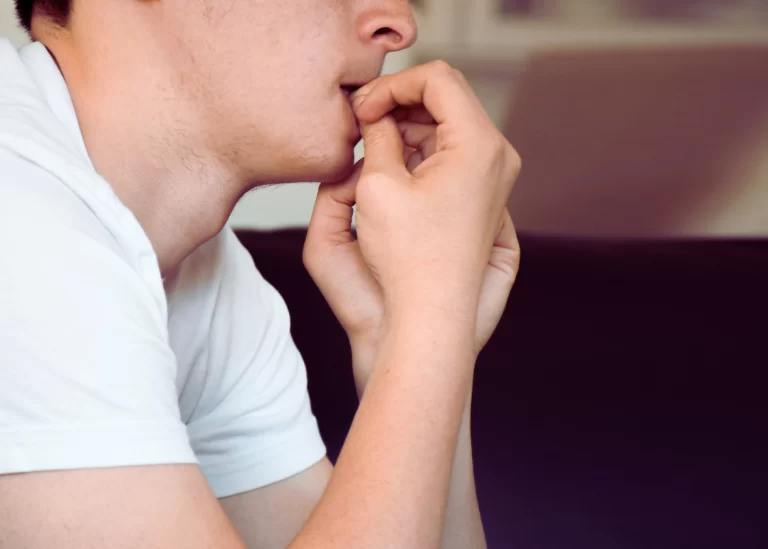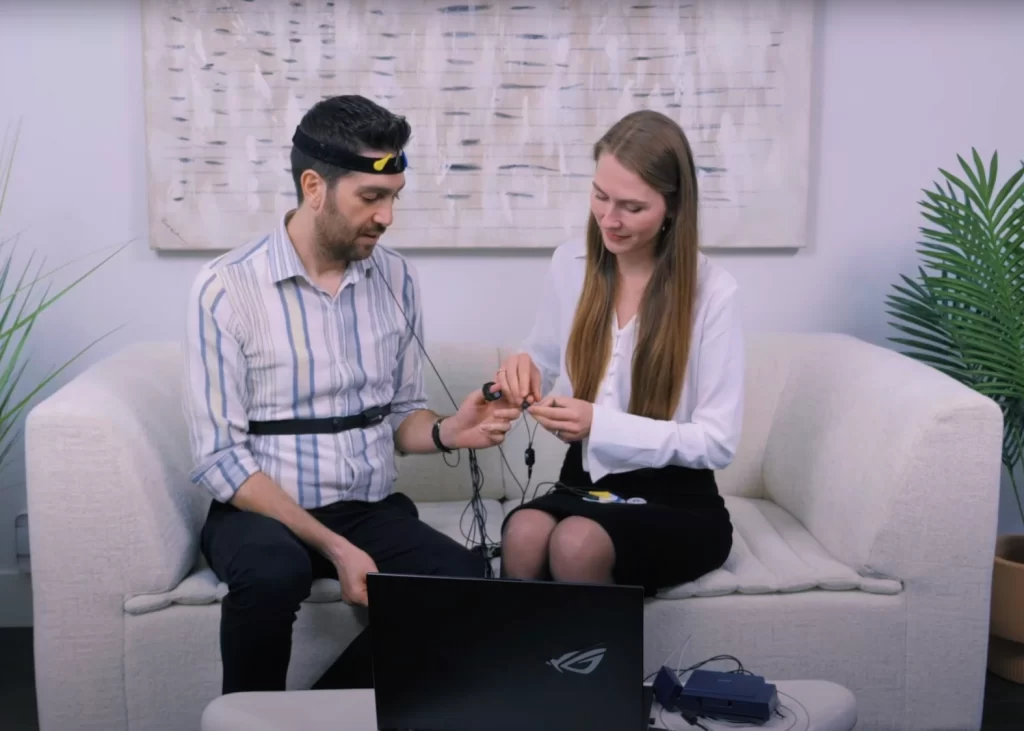In a world that seems to move faster every day, feelings of anxiety and panic can become unwelcome but familiar visitors for many of us. Traditional therapies like medication and talk therapy have long been mainstays of treatment. However, an emerging, non-invasive technique called biofeedback has been gaining attention for its ability to help individuals manage anxiety and panic attacks by learning to regulate the body’s own stress responses. In this blog, we’ll explore what biofeedback is, how it works, and how it can become a valuable tool for those looking to regain control over their emotional well-being.
What is Biofeedback?
Biofeedback is a therapeutic approach that uses technology to measure the body’s involuntary functions—such as heart rate, muscle tension, and skin temperature—and then “feeds back” that information in real time to the individual. Through this process, you become more aware of how your body reacts to stress, anxiety, or panic triggers. Once you’re aware of these bodily changes, you can learn techniques to consciously control them, effectively teaching your brain and nervous system to respond more calmly to stressful situations.

Anxiety and Panic Attacks: A Quick Overview
Anxiety is a feeling of unease, worry, or fear that can be mild or severe. It’s a common experience, but when anxiety is persistent or overwhelming, it can interfere with daily life. People with generalized anxiety disorder (GAD), for example, may feel anxious most days about everyday tasks or events.
Panic attacks, on the other hand, are episodes of intense fear or discomfort that often appear suddenly and peak within minutes. Symptoms can include a racing heart, shortness of breath, trembling, chest pain, and a sense of doom. While panic attacks can be deeply unsettling, they are not typically dangerous in themselves. However, the fear of experiencing another panic attack can exacerbate anxiety, trapping people in a cycle of worry.
How Biofeedback Addresses Anxiety and Panic
1. Heightened Body Awareness – One hallmark of anxiety and panic attacks is the perception that your body is spiraling out of control—heart pounding, hands sweating, thoughts racing. Biofeedback bridges the gap between these internal sensations and your awareness. By seeing real-time changes in your heart rate or skin conductance, for instance, you learn precisely how your body reacts even to minor stressors. This insight alone can alleviate some of the fear associated with anxiety, as it provides a clear understanding of what is happening within your body.
2. Self-Regulation Skills – Beyond awareness, biofeedback trains you to modify your physiological responses. A common technique is guided breathing to slow the heart rate and promote relaxation. When you see immediate feedback that your heart rate is decreasing, it reinforces the effectiveness of the breathing exercise. This “reward” system helps you master self-regulation skills, which you can then apply whenever you feel anxious or sense the onset of a panic attack.
3. Interrupting the Panic Cycle – Panic attacks often follow a predictable pattern: a trigger prompts certain body sensations, which the mind interprets as threats, escalating into a full-blown attack. Biofeedback can help interrupt this pattern early on. By quickly employing the relaxation techniques learned through biofeedback, individuals can break the feedback loop that leads from mild anxiety to full panic.
4. Reducing the Fear of Symptoms – One of the most distressing elements of anxiety and panic is catastrophic thinking—the belief that certain symptoms (like a racing heart) indicate something worse (like a heart attack). Biofeedback helps separate the sensation from the catastrophic interpretation. When you realize that your heart rate is elevated and that you have the tools to bring it down, the sense of impending doom can diminish. Over time, you build confidence that your body is not betraying you; rather, it’s responding to stress in a predictable way that you can learn to manage.

What a Typical Biofeedback Session Looks Like
Initial Assessment – You’ll meet with a biofeedback practitioner who’ll discuss your symptoms and goals. The practitioner may place sensors on your fingers or forehead to measure your heart rate or skin conductance.
Baseline Measurement – You’ll relax or perform a mild stress-inducing task (like mental arithmetic), so the practitioner can see your typical stress response levels.
Learning Techniques – The practitioner will guide you through relaxation strategies, such as deep breathing, progressive muscle relaxation, or visualization. You’ll watch the real-time biofeedback screen to see how effectively you’re calming your physiological responses.
Practice and Reinforcement – Over multiple sessions, you’ll hone these skills. The immediate feedback from the monitors helps you refine your techniques and see tangible improvements.
Transitioning to Daily Life – Eventually, you’ll be able to apply these self-regulation skills in real-world situations—at work, during a commute, or at home. The biofeedback tools serve as “training wheels” until the new responses become more automatic.

Combining Biofeedback with Other Treatments
Biofeedback is highly adaptable and often most effective when used alongside other interventions:
- Cognitive Behavioral Therapy (CBT): Helps reframe negative thought patterns that fuel anxiety or panic.
- Medication Management: Certain individuals may benefit from anti-anxiety medications or antidepressants under the guidance of a psychiatrist.
- Lifestyle Adjustments: Adequate sleep, regular exercise, and a balanced diet can further enhance biofeedback results.
- Mindfulness and Meditation: Training the mind to stay present can reduce the overall stress response.
Getting Started with Biofeedback
If you’re interested in biofeedback, consider the following steps:
- Consult a Professional: Seek a licensed therapist, counselor, or health practitioner experienced in biofeedback.
- Set Realistic Goals: Whether you aim to reduce the frequency of panic attacks or better manage everyday anxiety, clear objectives guide your progress.
- Stay Consistent: Like any skill, biofeedback requires practice. Regular sessions and daily at-home exercises can yield the best results.
- Be Patient: Everyone’s journey is unique. Some individuals notice immediate improvements, while others see gradual shifts over several sessions.
Conclusion
Biofeedback offers a unique window into the body’s stress response, empowering individuals with anxiety and panic attacks to transform what was once unpredictable and overwhelming into something understandable and controllable. By increasing body awareness, teaching self-regulation, and interrupting the panic cycle, biofeedback can be an invaluable tool in a comprehensive approach to mental health.
If you’ve been searching for a non-invasive, drug-free method to help manage anxiety or panic attacks, biofeedback might be the key you’ve been looking for. As always, consult with a mental health professional to determine the best treatment plan for your individual needs, and remember: the power to change often lies within you—sometimes you just need the right tools to unlock it.
Elumind Centres for Brain Excellence is an integrated mental health center offering solutions that can help you with your mental/brain health needs. To start your journey, book your FREE 15-MINUTE PHONE CONSULTATION. We are here for you.








